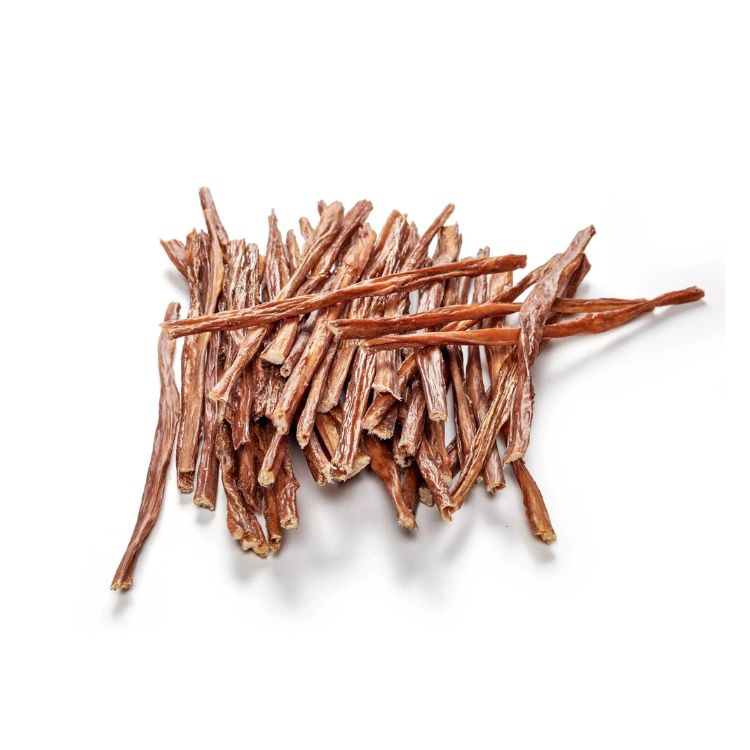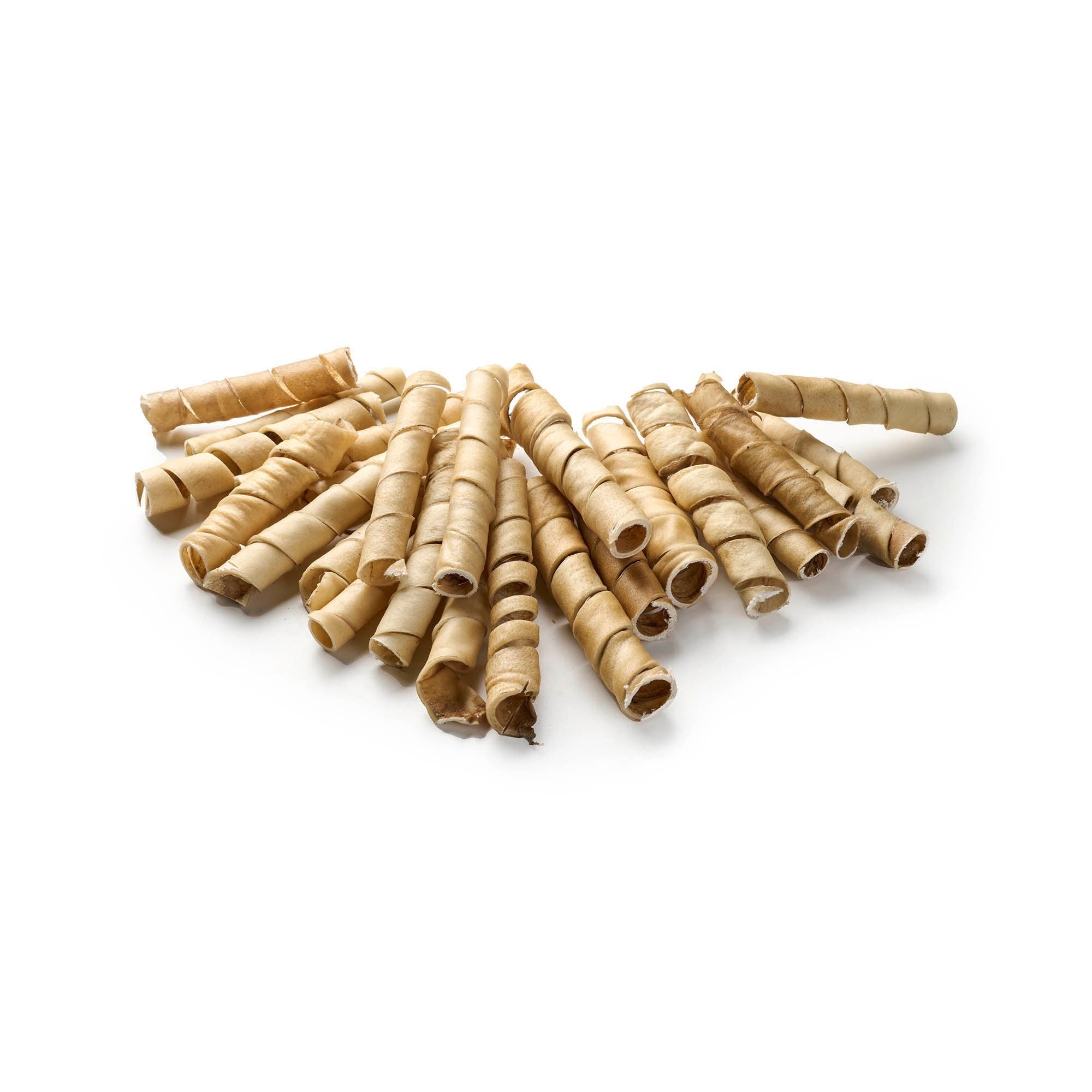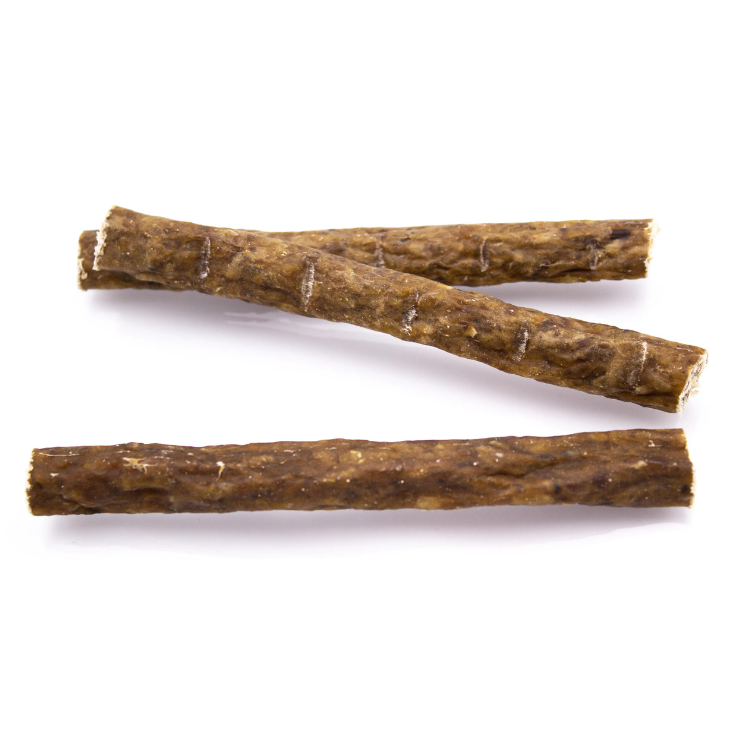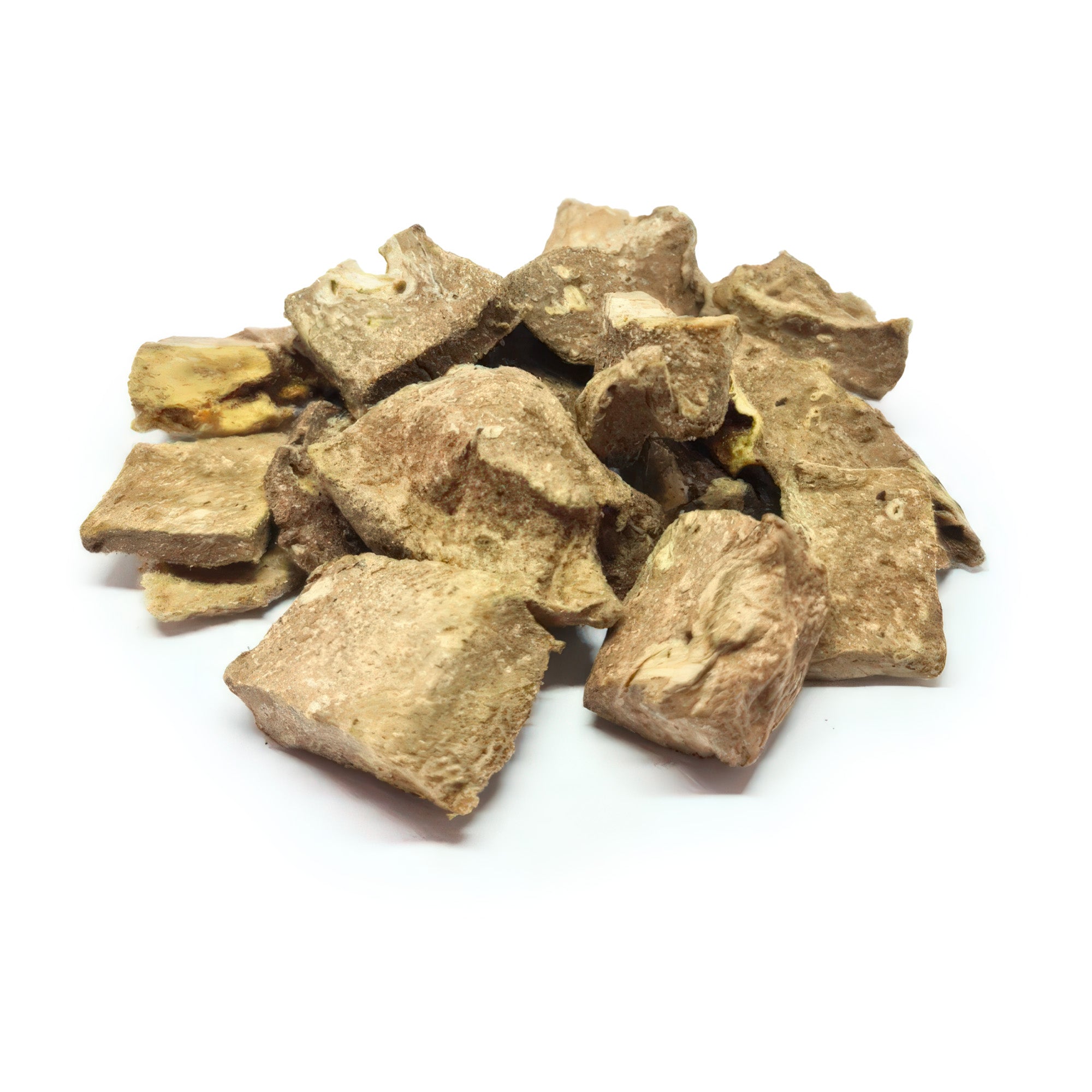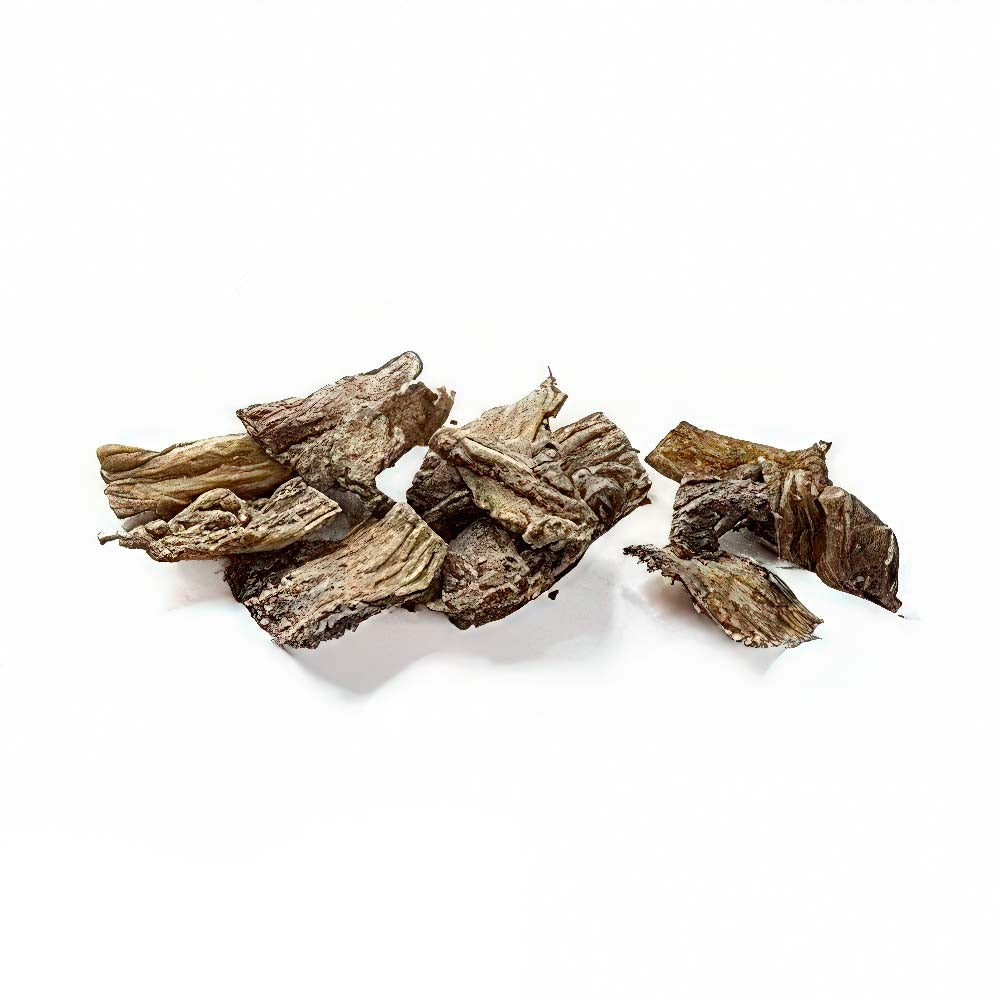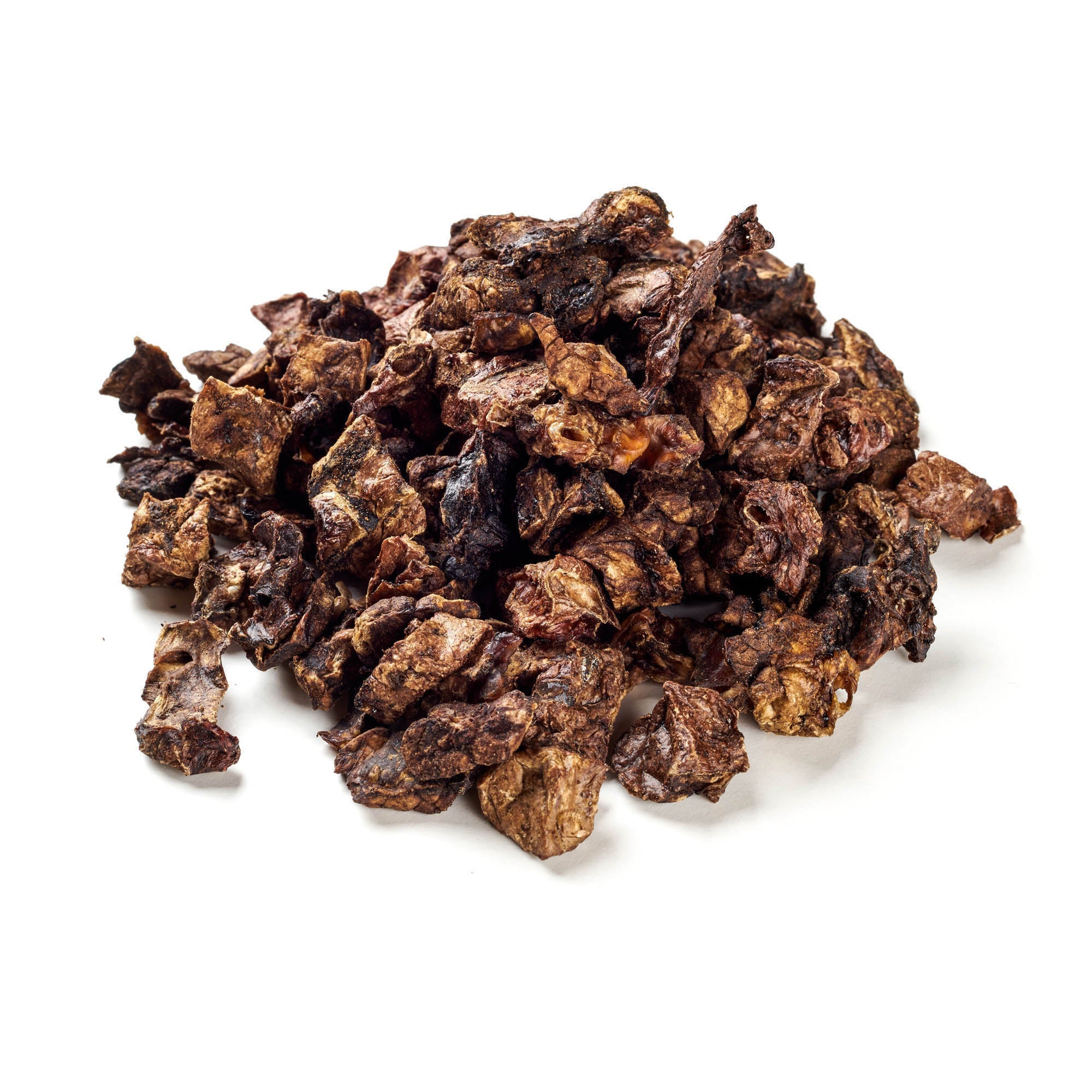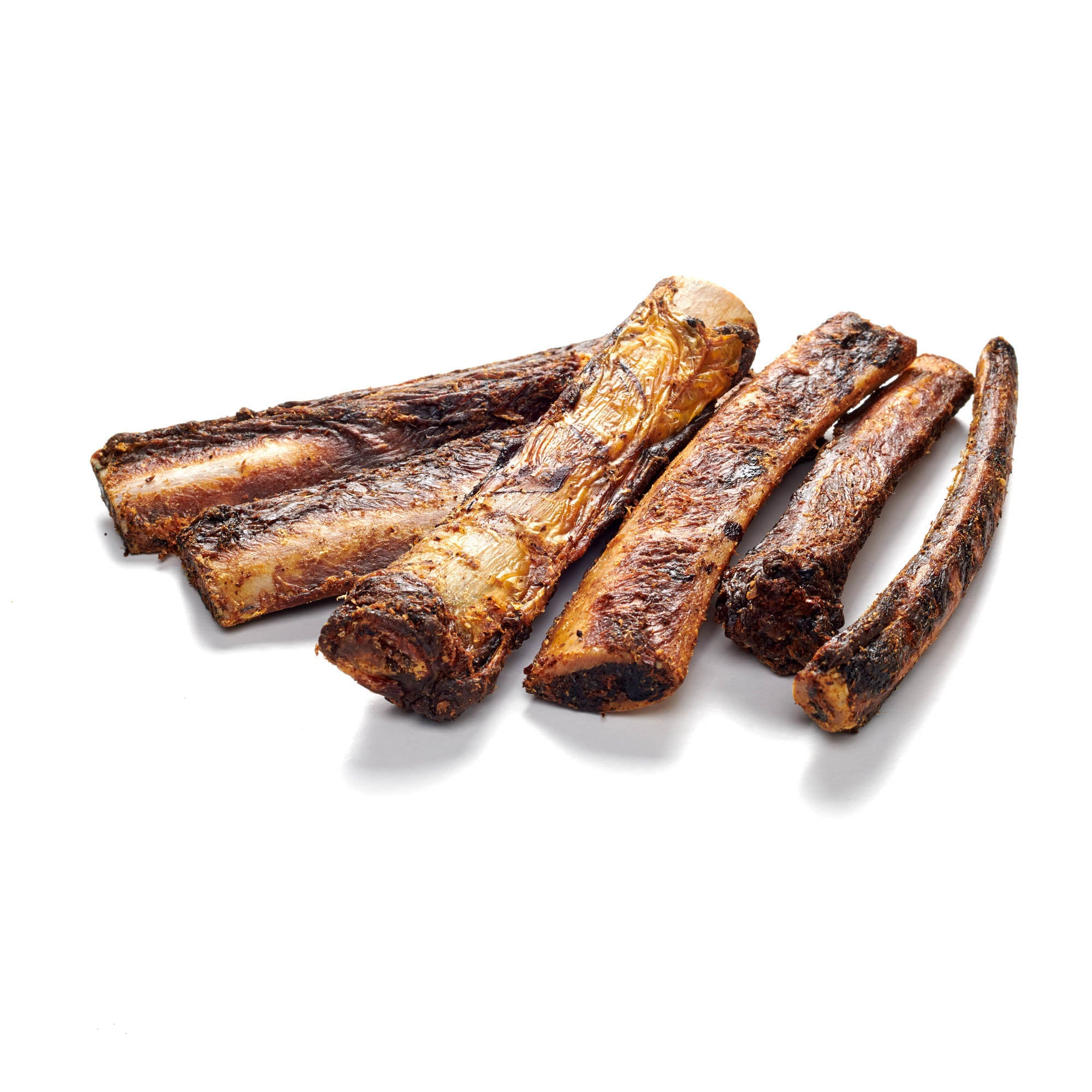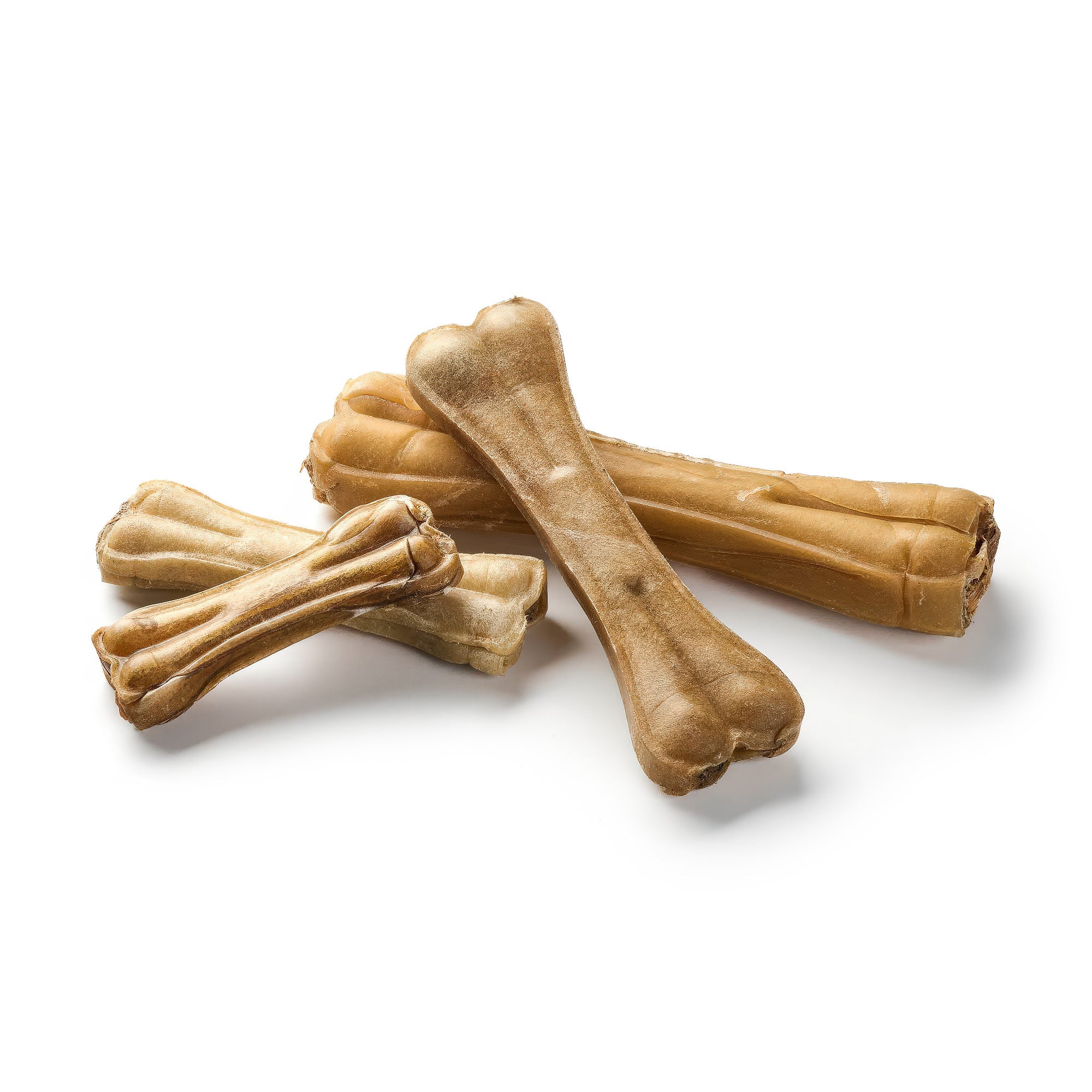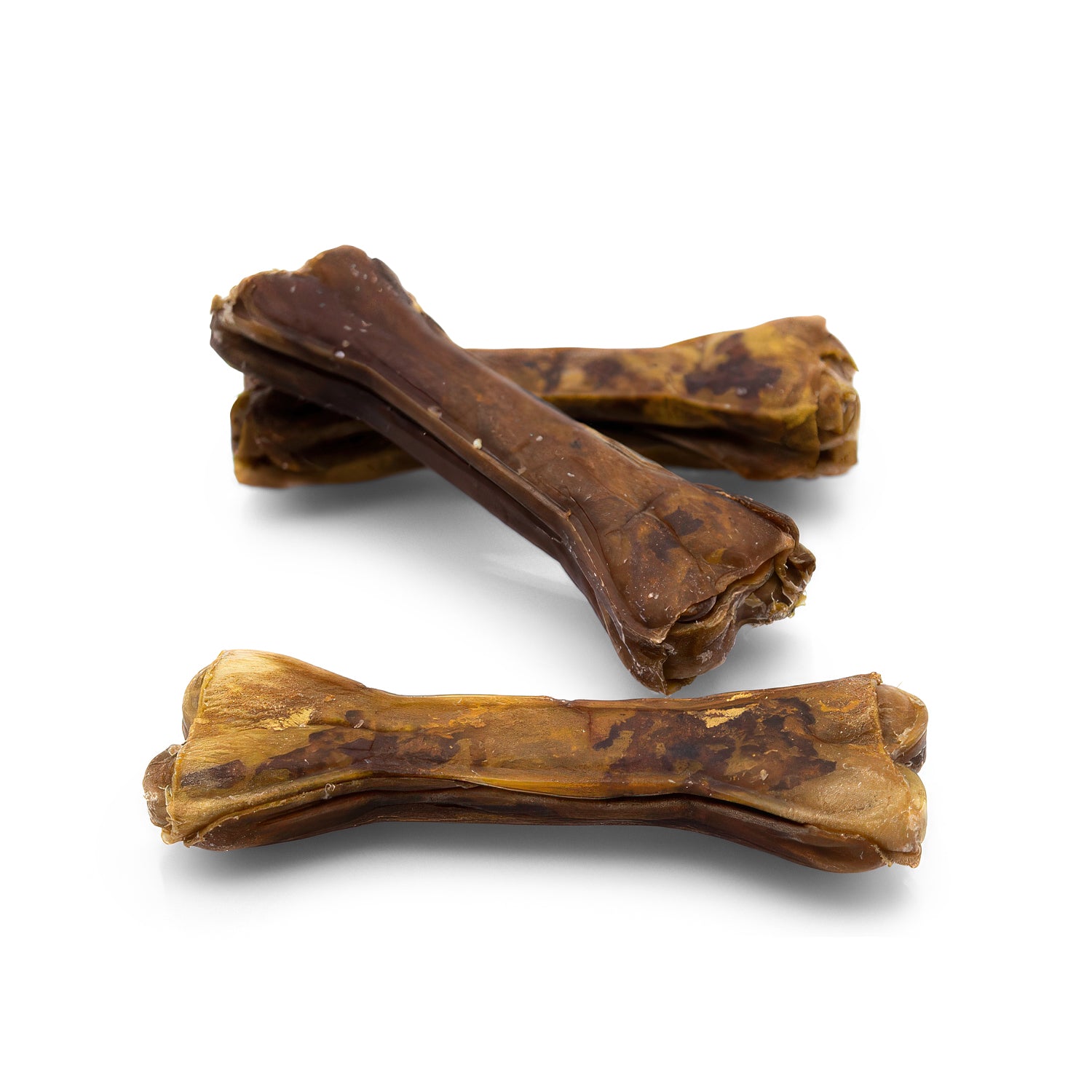
Dog nutrition in spring: light food for active dogs
Share
With the awakening of spring, not only does the desire for more activity increase in us humans, but our four-legged friends also show their liveliest side. The days are getting longer, the temperatures are getting milder, and nature invites us to go for long walks and play outside. This increased activity also has an impact on our dogs' energy requirements and nutritional needs. A suitable, light diet can help to provide their bodies with optimal support. But what exactly does light diet mean for active dogs in spring?
Contents: Dog nutrition in spring: light food for active dogs
The importance of an adapted spring diet for dogs is crucial to allow them to make a smooth transition between the seasons. In winter, many dogs tend to be less active, which leads to a slower metabolism. But with spring and its increase in daylight and warmth, the activity of our four-legged friends also increases. This change requires an adjustment in their diet to meet the increased energy needs without putting a strain on the digestive system.A light, nutrient-rich diet in spring not only supports physical activity, but also promotes the dog's health and well-being. Such a change in diet can strengthen the immune system and better prepare the dog for the more active months. In addition, an adapted diet supports skin and coat health during the shedding period that often accompanies the change of season, and helps to prevent or correct weight problems. By carefully adjusting our dogs' diets to their changing needs in spring, we promote their physical health and contribute to their general well-being. An adapted spring diet is therefore an essential part of health care for our four-legged friends.
Enjoy moments together with our delicious dog chews!
Ingredients of a light spring diet
A balanced diet that contains high-quality proteins, fats, carbohydrates, vitamins and minerals is also essential in spring. But some adjustments can be helpful:- High-quality proteins: Easily digestible protein sources such as chicken, turkey or fish are ideal for the springtime. They provide the necessary energy without putting a strain on the stomach.
- Vegetables and fruit: Fresh vegetables and fruit can enrich the menu and provide important vitamins and minerals. Carrots, apples and berries are not only healthy, but also popular treats for many dogs.
- Fats: Healthy fats are important for energy production and should not be neglected. Omega-3 fatty acids, which are found in fish oil and linseed, also support a healthy coat.
- Carbohydrates: Easily digestible carbohydrates such as rice or oatmeal provide additional energy for active dogs.
First-class dog chews for happy sniffing noses available here!
Hydration is essential
Hydration is crucial for dogs in spring, as rising temperatures and increased activity increase their need for fluids. Water plays a central role in a dog's health by aiding digestion, regulating body temperature and contributing to overall cell function. It is important that dog owners ensure their four-legged friend drinks regularly and sufficiently by always providing fresh, clean water. Dog owners should be proactive in encouraging their dog's hydration, especially during long walks or outdoor playtimes, by carrying portable water bottles or bowls. Water quality is also important; clean water and hygienic drinking bowls help minimize the risk of disease. In short, good hydration is essential for maintaining the health and well-being of dogs during the spring. By regularly providing fresh water, dog owners can make an important contribution to the health care of their pets.
Adjust feeding rhythm
Changing the feeding schedule to several smaller meals throughout the day is particularly beneficial for active dogs in spring. This method ensures a steady supply of energy and supports more efficient digestion, which is especially important when activity levels are increased. Smaller portions are easier to digest and can minimize the risk of digestive problems. This method of feeding also helps to regulate hunger evenly and can improve the dog's general well-being. However, it is crucial to keep an eye on the total amount of food to avoid overfeeding. Careful planning is required to maximize the benefits of this feeding method without increasing the risk of weight gain. In short, by switching to smaller, more frequent meals, dog owners can effectively support the health and happiness of their active companions in the spring.
Snacks and rewards
There are many benefits to incorporating natural chews and training treats into a dog's diet. Natural chews such as dried beef hide promote dental health and provide a meaningful activity that can help relax, especially after outdoor training. Training treats are a great way to reward positive behavior during training sessions and encourage learning without exceeding the daily calorie limit. However, it is important to use these snacks consciously and in moderation to avoid overfeeding. The amount of snacks should always be deducted from the daily food ration to ensure a balanced diet. In this way, natural chews and training snacks support the health and well-being of the dog without negatively affecting its weight.

